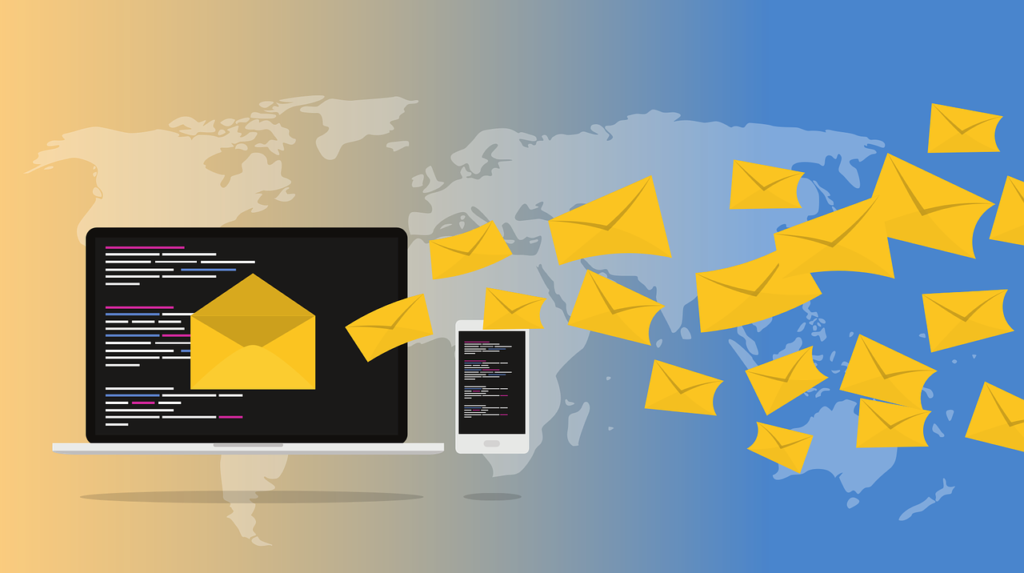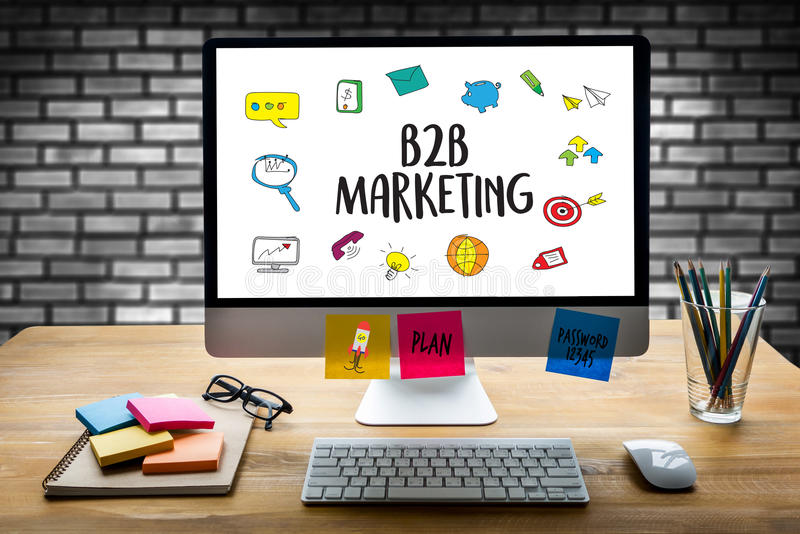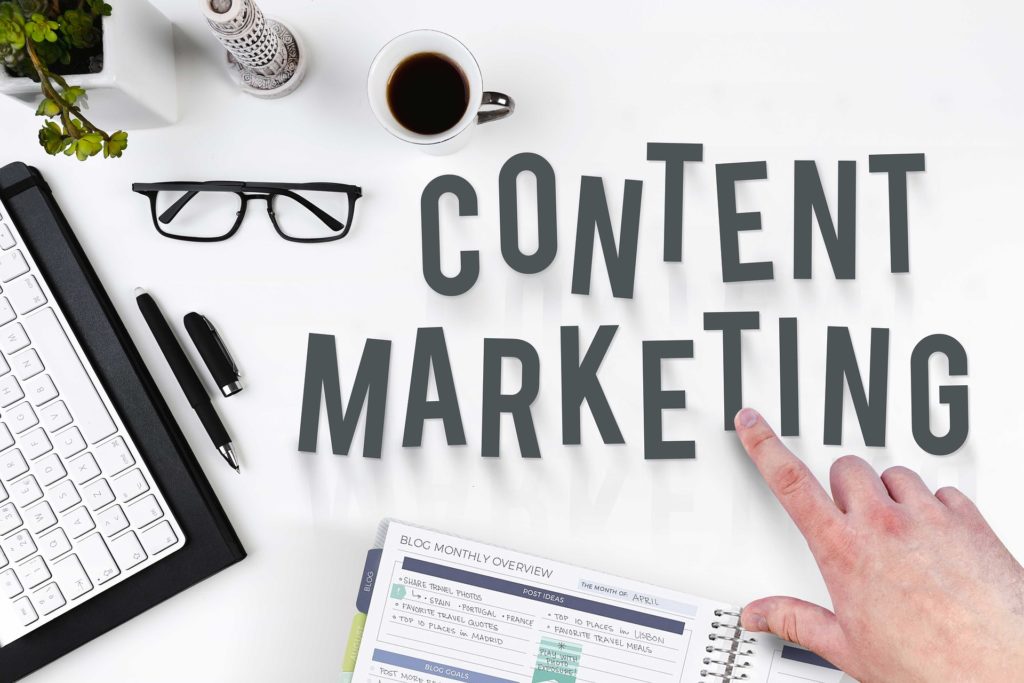Email Newsletter Tips
Email newsletters have become marketing strategy staples for businesses of all sizes in just about every industry.
Whether it’s a monthly publication developed and distributed in-house on a regular schedule strictly for subscribers, or an occasional blast to announce a sale, special event, or another one-off occasion, many businesses rely on email marketing to help spread the word about their products, services, and happenings.
But like any other marketing strategy, there is more to sending email newsletters than just a good email list (although that certainly helps). The most successful campaigns take time, thoughtful research, and a dash of creativity (well, maybe more than just a dash). After all, you want your company’s message to stand out from the dozens, if not hundreds, of other emails filling your client’s inbox.

One way to stand out is to schedule your mailing. This is helpful in a number of ways:
- Your marketing team will be aware of the deadline for content
- Your subscribers know when they will hear from you,
- Being mindful of your distribution schedule will prevent you from inundating your subscribers’ inboxes with email.
But some marketing teams still grapple with the issue of the best day to send an email.
The best day is different for each company. Research has shown that Tuesday is the best day, with Monday in second. Mondays can be unpredictable—some employees tackle their inbox first thing to start the new week; others are occupied with meetings and projects and put email off until later, or even the next day if there’s nothing timely.
By Tuesday, most employees are settled back into their routine and work through their inbox. As for the best time to send an email, research has shown the highest open rates are during regular business hours (typically 8 a.m. – 5 p.m.) Through some trial and error, you will find days and times that work for you and your subscribers. You want your readers to not only open and read the message, but to take some action (more on this below).
As for sending on Saturdays and Sundays, that’s not the no-no it once was. Some research has shown Saturdays have particularly strong open rates. It depends on the nature and timeliness of your message.
For instance, if your company-sponsored event scheduled for this weekend must be canceled, postponed, or rescheduled at the last minute, write and send an email blast as soon as you confirm the new event details. Sometimes zero-hour messages can’t be helped—after all, unforeseen emergencies can happen at any time.
Below are eight tips for sending email newsletters and getting positive results:
1. Track Your “Open” Rates.
One of the best ways to determine when to send your messages is to pay attention to your email open rates. Programs like Mail Chimp and Constant Contact automatically track these stats for every campaign sent and generate a comprehensive report including everything from the number of emails opened to how many times a subscriber with a particular email address clicked on an embedded link. Opens and clicks are critical to creating successful email campaigns—they show what you’re doing right (what your readers are interested in) and weaker areas that could use some improvement.
2. Write Compelling Subject Lines.
You want to catch and keep your readers’ attention regardless of when you send your newsletter, and a catchy subject line is a great way to do this. The most effective are short and to the point, give a “tease” of what’s inside the email, and worded so the reader is motivated to act.
3. Include Calls To Action.
This is important for reader engagement. Use action-oriented words and phrases like “Call now,” “Limited time only,” and “Don’t wait—registration is limited!” to motivate the reader to do what you’re asking them to do.
4. Be Timely.
Make no mistake—send times are perhaps even more important than the day you send your email newsletter. If you’re promoting a Happy Hour event starting at 5:30 p.m., time it so you send the message at 5 p.m. Perhaps the reader is looking for something to do after work or needed an excuse to check out your new venue and you timed your message just right.
Keep time zones in mind—if you’re on the East Coast and sending your emails about a webinar happening in your office at 1 p.m., be sure to send it well ahead of time so attendees in other time zones can plan accordingly, especially if they plan to attend via Skype, FaceTime, or other real-time platforms (event reminder emails are helpful in this regard).
5. Keep Your Email List Current.
There’s nothing worse than exporting a list of email addresses from your central database, queueing it up, and having a large percentage of the messages bounce back. Try your best to keep your email newsletter distribution list current. Your customer service department could be a great resource for this task—perhaps they can confirm a customer’s email address as part of their script for follow up or other service calls.
6. Always Have An “Unsubscribe” Option.
It’s no big secret that readers dislike SPAM. You want an email list consisting of readers who actually want to hear from and plan to do business with you. Just as you invite newsletter subscribers on your website, give them an opt-out option in every email you send. Readers unsubscribe for a number of reasons, so don’t take it personally if your company gets cut.
7. Target The Right Audience.
Some companies use their “Sign up for our newsletter” pop-up window as a starting point for their mailings. It’s best to have a list of choices for the reader so they can select the kind of messages they want to receive and you can avoid sending emails that are irrelevant or will simply be deleted.
8. Be Concise.
One of the benefits of digital marketing is its brevity. Writing and formatting an online newsletter is very different from the process for a print version.
Readers are only spending a few minutes reading the articles or clicking on the embedded links in a digital newsletter, unlike a print publication that requires time and attention. But the immediacy of digital provides plenty of opportunities to cross-market.
Keep the articles short and sweet, and mix up the content. Include links to your company’s blog posts, social media pages, and even links to industry-specific articles that may not be directly related to your company, but may be of interest to your readers. When laying out the content, think in terms of a print publication when it comes to length. Ideally, 1-2 pages should suffice.
Any other tips for boosting email newsletter readership? We’d love to hear them in the comments below!




